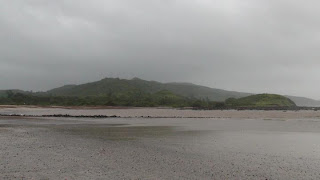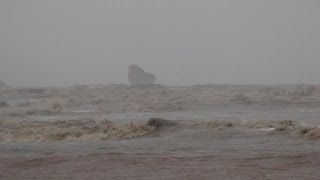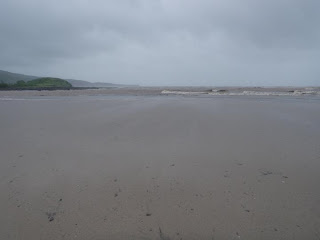Source of news : Times of India.com
The Planning Commission told the Supreme Court on Tuesday that anyone spending more than Rs 965 per month in urban India and Rs 781 in rural India will be deemed not to be poor. Updating the poverty line cut-off figures, the commission said those spending in excess of Rs 32 a day in urban areas or Rs 26 a day in villages will no longer be eligible to draw benefits of central and state government welfare schemes meant for those living below the poverty line.
According to the new criterion suggested by the planners, if a family of four in Mumbai, Delhi, Bangalore or Chennai is spending anything more than Rs 3,860 per month on its members, it would not be considered poor. It's a definition that many would find ridiculously unrealistic. Not surprisingly, the new above the poverty line definition has already created outrage among activists, who feel it is just a ploy to artificially depress the number of poor in India. The plan panel said these were provisional figures based on the Tendulkar committee report updated for current prices by taking account of the Consumer Price Index for industrial and agricultural workers.
TOI broke down the overall monthly figure for urban areas and used the CPI for industrial workers along with the Tendulkar report figures to see what these numbers translate into and how much the Planning Commission believes is enough to spend on essential items so as not to be deemed poor.
The Planning Commission suggests that spending Rs 5.5 on cereals per day is good enough to keep people healthy. Similarly, a daily spend of Rs 1.02 on pulses, Rs 2.33 on milk and Rs 1.55 on edible oil should be enough to provide adequate nutrition and keep people above the poverty line without the need of subsidized rations from the government. It further suggests that just Rs 1.95 on vegetables a day would be adequate. A bit more, and one might end up outside the social security net.
People should be spending less than 44 paise on fruits, 70 paise on sugar, 78 paise on salt and spices and another Rs 1.51 on other foods per day to qualify for the BPL list and for subsidy under various government schemes. A person using more than Rs 3.75 per day on fuel to run the kitchen is doing well as per these figures. Forget about the fuel price hike and sky-rocketing rents, if anyone living in the city is spending over Rs 49.10 a month on rent and conveyance, he or she could miss out on the BPL tag.
As for healthcare, according to the Planning Commission, Rs 39.70 per month is sufficient to stay healthy. On education, the plan panel feels those spending 99 paise a day or Rs 29.60 a month in cities are doing well enough not to need any help. Similarly, one could be considered not poor if he or she spends more than Rs 61.30 a month on clothing, Rs 9.6 on footwear and another Rs 28.80 on other personal items.
The monthly cut-off given by the Planning Commission before the apex court was broken down using the Consumer Price Index of Industrial Workers for 2010-11 and the breakdown given in Annexure E of the Tendulkar report of expenditure calculated at 2004-05 prices.
The new tentative BPL criteria was worked out by the Planning Commission and approved by the Prime Minister's office before the government's affidavit was submitted before the Supreme Court. The plan panel said the final poverty line criteria would be available after the completion of the NSSO survey of 2011-12.
The Montek Singh Ahluwalia-headed Planning Commission had drawn flak from the apex court which, on May 14, took exception to the poverty line definition which initially said anyone spending more than Rs 20 in urban areas and Rs 15 in rural areas should not be considered poor. "The Planning Commission may revise the norms of per capita amount looking to the price index of May 2011 or any other subsequent dates," the court had said. So, the planners have now given a revised figure of Rs 32 for urban areas and Rs 26 for poor areas.
In their affidavit, the planners have defended their definition of the poverty line and not revised the norms, but merely updated them with the CPI for the current year. The affidavit says, "The recommended poverty lines ensure the adequacy of actual private expenditure per capita near the poverty lines on food, education and health and the actual calories consumed are close to the revised calorie intake norm for urban areas and higher than the norm in rural areas."
Source of News node : http://timesofindia.indiatimes.com/india/Spend-Rs-32-a-day-Govt-says-you-cant-be-poor/articleshow/10058373.cms
Also read more at NDTV node : http://www.ndtv.com/article/india/not-poor-if-you-earn-rs-32-a-day-planning-commission-135118&cp





























